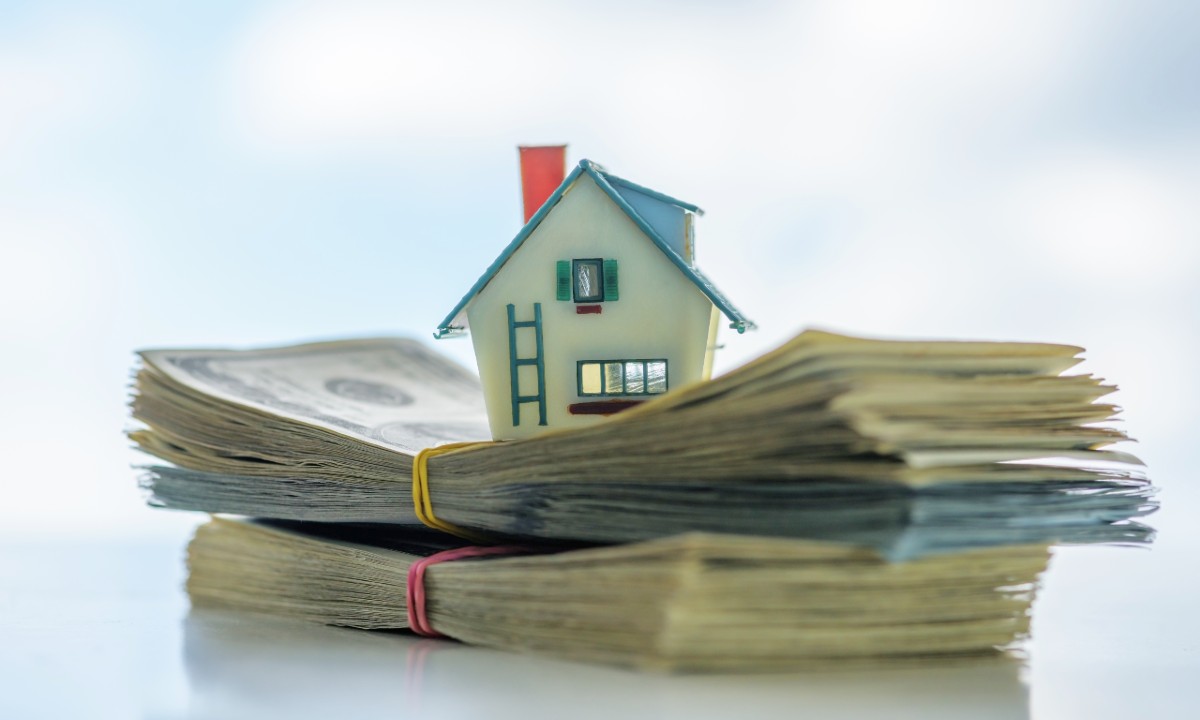Understanding the Factors Behind Annual Increases in Home Prices
Economic Forces at Play
The steady rise in home prices each year can be attributed to a variety of economic factors that influence supply and demand dynamics within the housing market. These forces include but are not limited to changes in interest rates, employment levels, income growth, and consumer confidence. When economic conditions are favorable, such as low unemployment rates and rising wages, demand for homes tends to increase, putting upward pressure on prices.

Limited Housing Supply
One of the primary drivers of rising home prices is the imbalance between supply and demand. In many markets, there is a shortage of available housing relative to the number of potential buyers. This shortage is often exacerbated by constraints such as land-use regulations, zoning restrictions, and limited housing development. As a result, competition among buyers intensifies, leading to bidding wars and higher selling prices for homes.
Urbanization and Population Growth
Urbanization and … Read more



